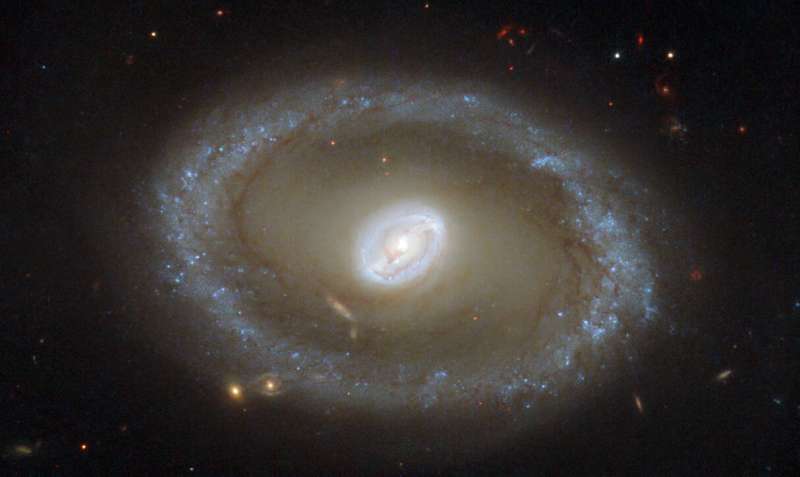Researchers Capture the First Example of an Extremely Bright, and Fast-evolving Astronomical Event in the Distant Universe
July 14, 2022
Introduction:
((EurekAlert) A team of astronomers have discovered a mysterious short-duration astronomical event, or transient, that is as bright as a superluminous supernova, but evolving much faster, reports a study in The Astrophysical Journal Letters published on July 12.
The universe is full of energetic transient phenomena, astronomical events that occur over a short period of time. For example, most massive stars end their lives by exploding spectacularly, known as a supernova, a major type of transients. In order to understand the origin of these transient phenomena, various time-domain surveys have been carried out in the past few decades. As more and more transients have been discovered, researchers began noticing some new transient types in recent years.
To figure out the nature of various transient phenomena, an international transient survey project called "MUltiband Subaru Survey for Early-phase Supernovae" (MUSSES), led by Ji-an Jiang, a former Kavli Institute for the Physics and Mathematics of the Universe (Kavli IPMU) Project Researcher (currently postdoctoral fellow at the National Astronomical Observatory of Japan (NAOJ)) attempt to catch various fast-evolving transients within one day of their occurrence, using the most powerful survey facility in the world, the Hyper Suprime-Cam (HSC) mounted on the 8.2-m Subaru telescope.
By carrying out consecutive Subaru/HSC observations in December 2020, 20 fast-evolving transients have been discovered, and one of them, MUSSES2020J (AT 2020afay), caught Jiang's attention.
"MUSSES2020J was discovered with very low brightness on December 11 in 2020, and its brightness showed significant brightening during our observation. More surprisingly, the fast light curve evolution and very high redshift of the transient confirmed by follow-up observations indicate that the brightness of MUSSES2020J was about 50 times higher, while the rising phase was much shorter than those of normal supernovae, which indeed show high similarity to a recently discovered peculiar transient, AT 2018cow. We suggest calling these extreme transients as Fast Blue Ultraluminous Transient (FBUT). So far only a handful of them have been discovered, and we had never seen one soon after its occurrence due to their extremely fast evolution. Thanks to the high-cadence survey mode and the excellent performance of Subaru/HSC, we were able to perfectly catch this amazing phenomenon for the first time. The early multiband light-curve data bring some unique information to understand the origin of these amazing transients," said first author Jiang.
Read more here:
https://www.eurekalert.org/news-releases/958794
Caltrek’s comment: In reading this, I just had a thought for a futuristic science fiction story. What if such events were caused by wars between highly advanced civilizations?
Alternatively, I would think that such naturally occuring events might be very bad news for nearby advanced civilizations, or for any nearby planets (or moons etc.) harboring life forms.
Don't mourn, organize.
-Joe Hill
